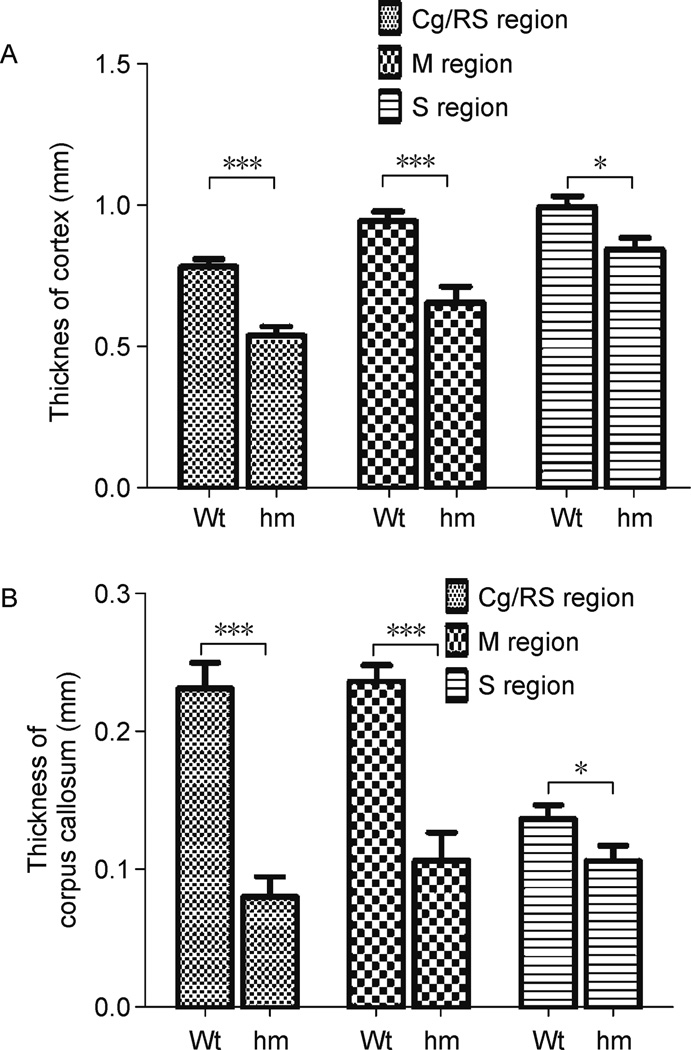Figure 4. Malformation of the cerebral cortex and corpus callosum in homozygous Dscamdel17 mutant mice.
(A) Comparison of the thickness of different cortical regions. The cortical thickness in cingulate/retrosplenial regions (Cg/RS) (n = 20, 0.54 ± 0.03), motor (M) (n = 20, 0.66 ± 0.06) or sensory (S) cortices (n = 20, 0.85 ± 0.04) of homozygous Dscamdel17 mutant mice were significantly thinner than wild type mice (Cg/RS: n = 13, 0.78 ± 0.03; M: n = 13, 0.95 ± 0.03; S: n = 13, 1.00 ± 0.04) (means ± SEM, two-way ANOVA, *p < 0.05, ***p < 0.001). (B) Comparison of the corpus callosum thickness in different cortical regions. The thickness of the corpus callosum in Cg/RS (n = 20, 0.08 ± 0.02), M (n = 20, 0.11 ± 0.02) and S (n = 20, 0.11 ± 0.01) regions of homozygous Dscamdel17 mutant mice were significantly thinner than wild type mice (Cg/RS: n = 13, 0.23 ± 0.02; M: n = 13, 0.24 ± 0.01; S: n = 13, 0.14 ± 0.01) (means ± SEM, two-way ANOVA, *p < 0.05, ***p < 0.001).

